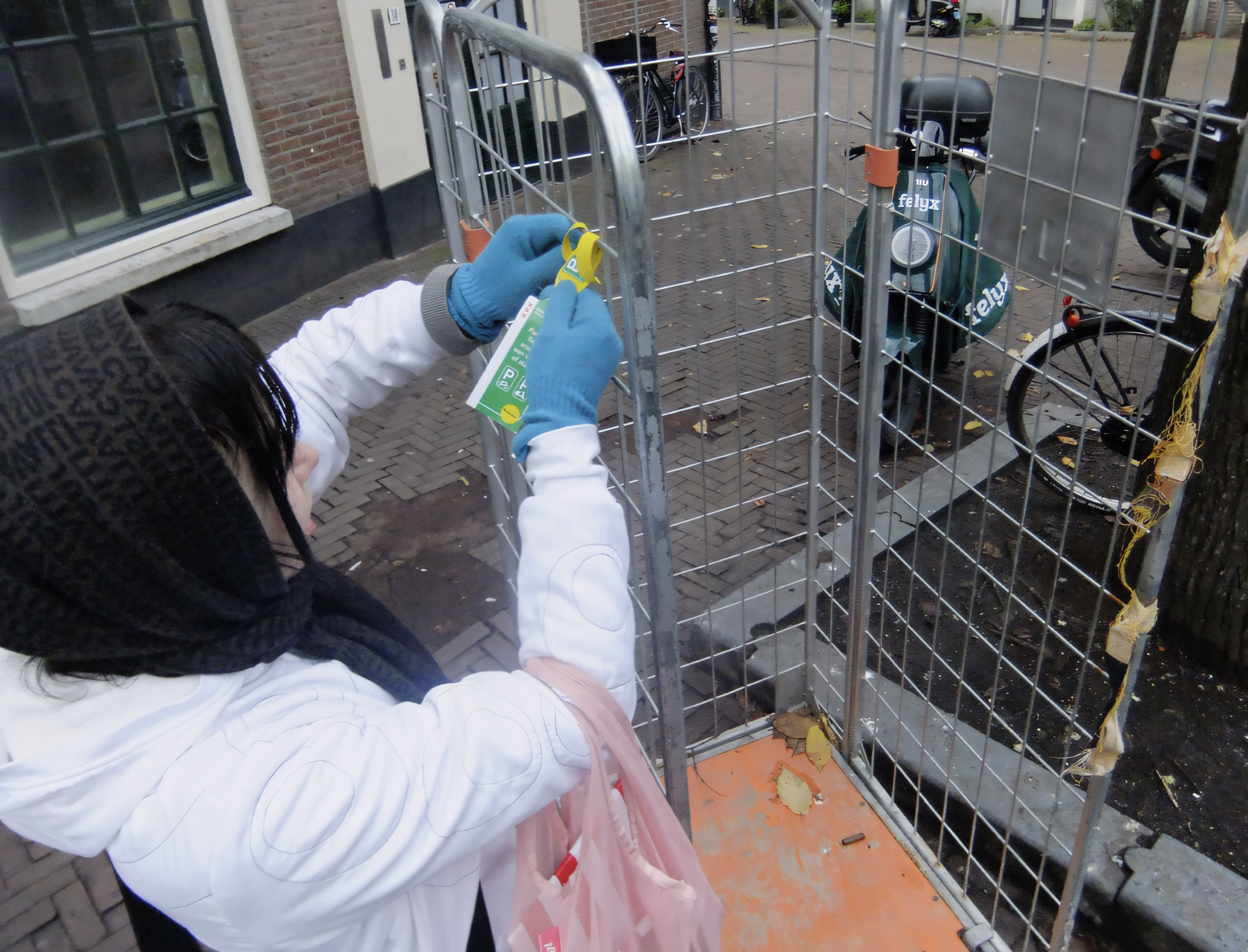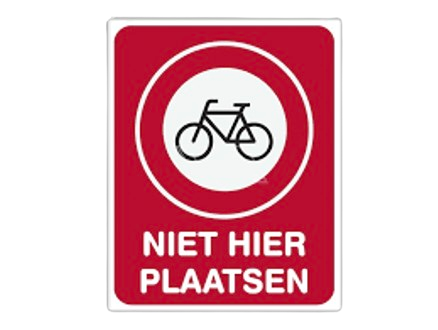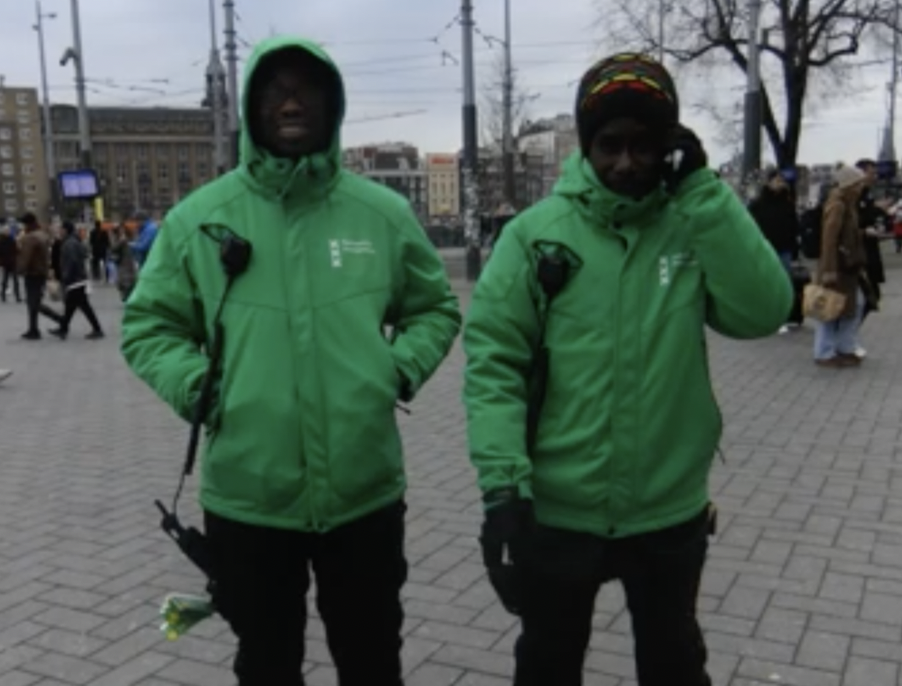
If a bike could speak, what would it tell you? If it had eyes, what would it see? And how does an object like a bicycle carve out space for itself in the city, and in its inhabitant’s minds?

The bike is an ever-present memory in every Dutch person’s mind, as such it carries a certain universality. There are those accounts and events that we can all connect to and over in some ways: the feeling of the ice-cold wind licking your shins after a party that you most definitely should have worn longer clothes to; the exhaustion burning in your lungs as you pedal your way up a bridge, your nose dripping; and, of course, the sense of dread you feel when you see that your trusty steed is no longer in the place where you last locked (or didn’t lock) it to a streetlight.
Bikes offer an interesting perspective on class division in the city as they often function as status-symbols and (self-)identifiers. Seeing a person riding a Van Moof, might bring certain preconceptions to the forefront of the viewer’s mind. They also carry within them an exclusionary quality, as learning the etiquette and habit of biking proves an extra dimension for immigrants to 11 get under the knee. Therefore, we also wanted to look at ‘excluded’ bikes, being the bicycles that have been thrown into the canals; have been stolen but never reported missing; have been transported to the municipality’s gigantic bike depot; etc. These bikes are seen as replaceable objects. We wanted to parallel the path of these bikes with the experiences of (undocumented) immigrants trying to integrate into the city of Amsterdam. To illustrate this, we made use of the same technique used in Subtotals, but with differing intentions.
With this small video we attempted to raise questions concerning the holders of power and agency within the city of Amsterdam. Using a combination of pseudoacademic/scientific language in the shape of statistical data as well as actual experiences on the street, we present how regulatory authorities attempt to mold the city’s identity, while its inhabitants continually refuse to take the desired shape.

